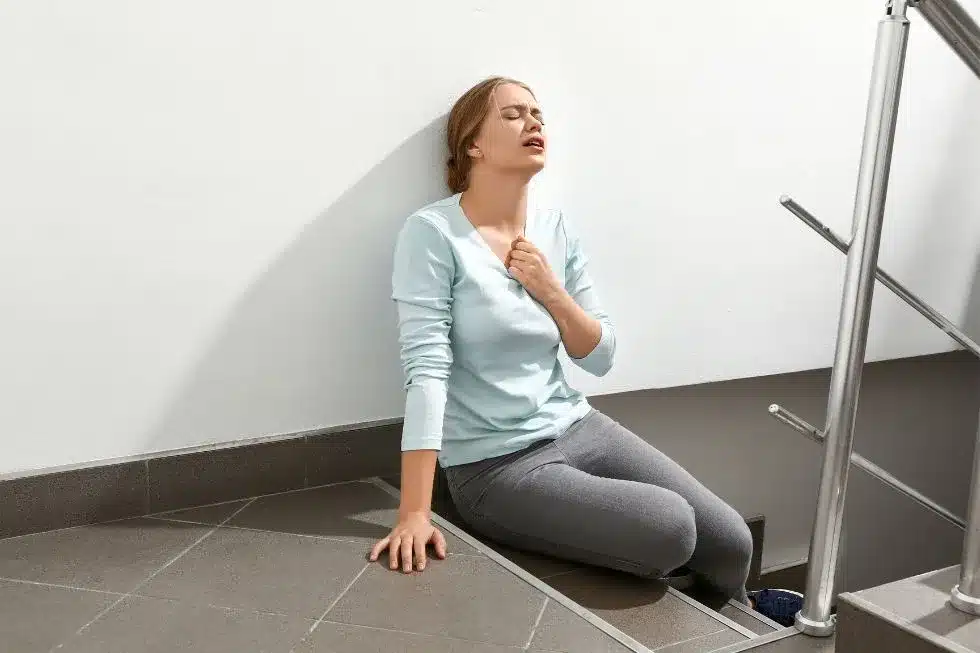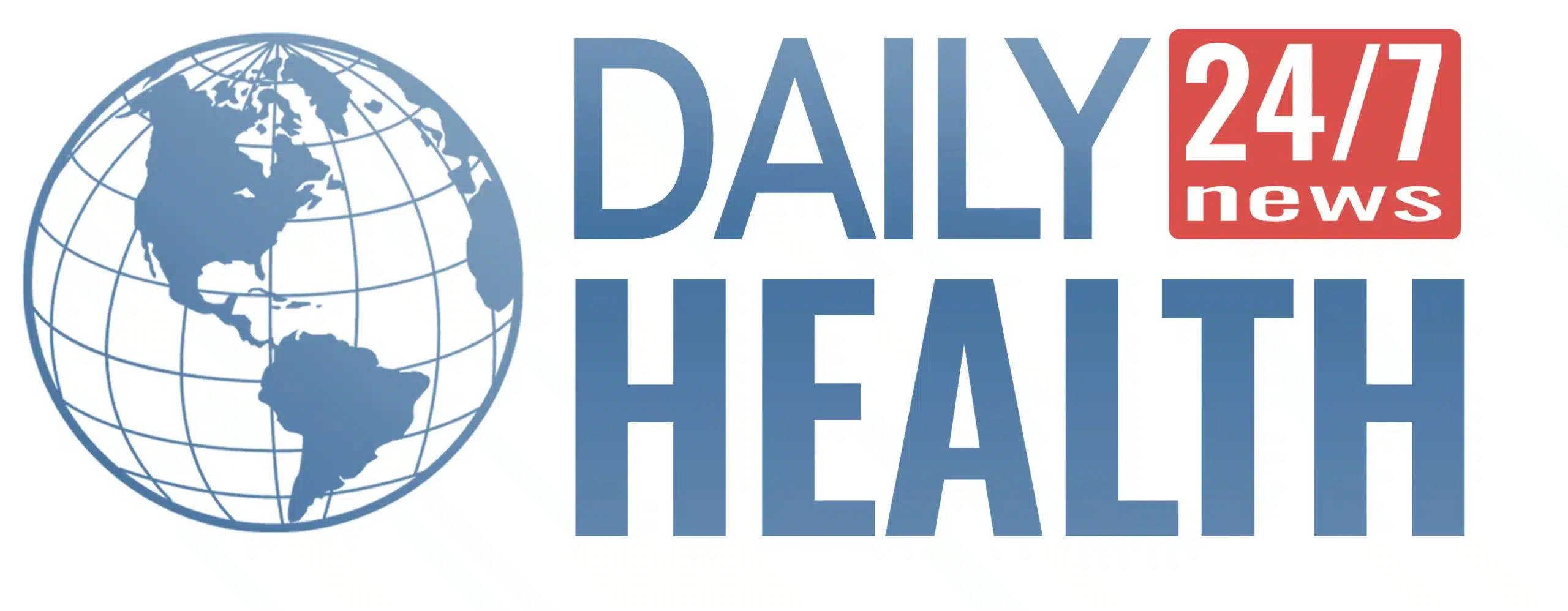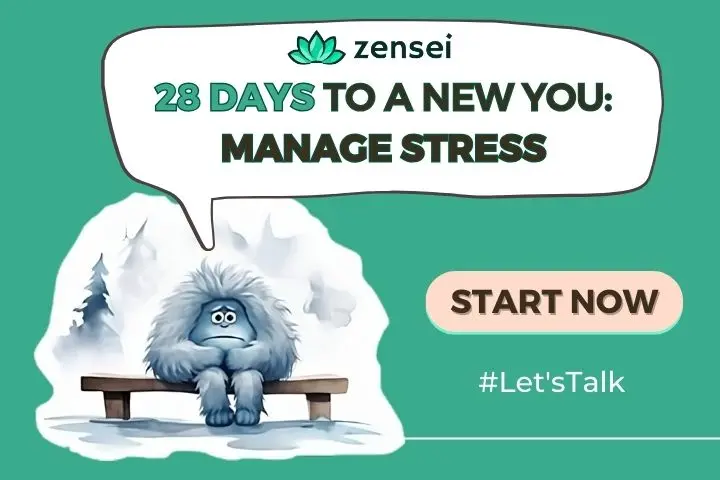Understanding Panic Attacks
Panic attacks are intense, sudden episodes of overwhelming fear and anxiety that can occur unexpectedly. They are a hallmark feature of panic disorder, a type of anxiety disorder, but can also occur in other contexts.
1. What Triggers a Panic Attack: Panic attacks can be triggered by specific stressors or occur unexpectedly. They often develop abruptly and reach their peak within minutes.
2. Common Misconceptions: Despite their intensity, panic attacks are not dangerous. However, they can be extremely distressing and debilitating for the person experiencing them.
3. Distinguishing from Anxiety Disorders: Unlike generalized anxiety, which is a persistent state of worry, panic attacks are acute, intense bursts of fear often accompanied by a sense of immediate danger or doom.
Understanding what panic attacks are is the first step in learning how to manage them and differentiate them from actual emergencies.
Physical Symptoms of Panic Attacks
Panic attacks are often accompanied by a range of physical symptoms that can be intense enough to mimic those of serious medical conditions.
1. Heart Palpitations and Chest Pain: One of the most alarming symptoms of a panic attack is a rapid, pounding heartbeat, which can be mistaken for a heart attack. Chest pain or discomfort is also common, heightening this concern.
2. Breathing Difficulties: Shortness of breath or a feeling of being smothered can occur during a panic attack. This can lead to fears of respiratory issues, although it is typically a response to acute anxiety.
3. Dizziness and Lightheadedness: These sensations can make someone feel as if they are about to faint or have a serious health problem like a stroke. However, they are usually due to hyperventilation caused by intense anxiety.
4. Nausea and Stomach Distress: Gastrointestinal distress during a panic attack can include nausea, stomach cramps, and even diarrhea, which are physical responses to extreme stress.
5. Other Symptoms: Trembling, sweating, chills, or hot flashes can also accompany a panic attack. These are due to the body’s ‘fight-or-flight’ response being activated by intense fear.
Recognizing these symptoms as part of a panic attack is crucial in distinguishing them from those of real medical emergencies, though this can sometimes be challenging.

Emotional and Psychological Symptoms
Alongside physical symptoms, panic attacks also manifest through distinct emotional and psychological experiences.
1. Intense Fear and Discomfort: The most prominent feature of a panic attack is an overwhelming sense of fear. This fear is often disproportionate to the situation and can feel all-consuming.
2. Feeling of Losing Control: Many individuals during a panic attack feel like they are losing control or going ‘crazy.’ This can intensify the fear and the urgency of the situation.
3. Fear of Dying: A particularly distressing aspect is the fear of impending death. Despite being unfounded, this fear can feel very real and terrifying at the moment.
4. Detachment from Reality: Some people experience derealization (feeling detached from one’s surroundings) or depersonalization (feeling detached from oneself) during a panic attack, adding to the confusion and fear.
5. Urgency to Escape: The intense discomfort and fear often create an urgent desire to leave or escape the situation, which can be challenging if the attack occurs in a public or confined space.
Understanding these emotional and psychological symptoms is key in recognizing panic attacks and distinguishing them from real emergencies.

When to Seek Medical Help
While panic attacks are not medically dangerous, it’s crucial to know when to seek medical help, especially when symptoms are indistinguishable from those of real emergencies.
1. Unfamiliar Symptoms: If you experience symptoms that are new or unfamiliar, or significantly different from previous panic attacks, it’s important to seek medical attention.
2. Persistent or Intense Chest Pain: While chest pain is common during a panic attack, if the pain is particularly severe, persistent, or if you have a history of heart problems, it’s important to get it checked by a medical professional.
3. Difficulty Breathing: If shortness of breath doesn’t subside or if you have known respiratory problems, seeking medical help is advisable to rule out conditions like asthma or heart issues.
4. Prolonged Symptoms: Panic attacks typically last for several minutes. If symptoms persist for a much longer duration, it might indicate another medical condition.
5. First-Time Experience: If you experience what you believe is a panic attack for the first time, getting a medical evaluation can help confirm the diagnosis and rule out other health issues.
Being able to distinguish between a panic attack and a real medical emergency can be challenging, but understanding these guidelines can assist in making informed decisions about seeking medical help.
Having a Mental Health Plan is a path to achieving lasting emotional well-being. Integrating a comprehensive strategy is a good way to enhance many aspects of life, like mental health, cope with stress, and embrace a more fulfilling and joyful life of positivity and inner strength.
Coping Strategies and Management
Effective management of panic attacks involves both coping strategies for immediate relief and long-term techniques to reduce their frequency and intensity.
1. Breathing Techniques: During a panic attack, deep, controlled breathing can help manage hyperventilation and reduce symptoms. Techniques like the 4-7-8 breathing method can be particularly effective.
2. Recognize and Accept the Attack: Recognizing that you are experiencing a panic attack and not a physical health emergency can help. Remind yourself that the attack is temporary, and the symptoms will pass.
3. Mindfulness and Relaxation: Practicing mindfulness can help you stay grounded and focused during an attack. Relaxation techniques such as progressive muscle relaxation can also be beneficial.
4. Professional Therapy: Cognitive-behavioral therapy (CBT) is an effective treatment for panic attacks. It helps identify and change negative thought patterns and behaviors associated with panic.
5. Lifestyle Changes: Regular exercise, adequate sleep, and a healthy diet can reduce the frequency of panic attacks. Reducing caffeine and alcohol intake can also be helpful, as they can trigger or worsen panic attacks.
Implementing these strategies can significantly improve the ability to manage panic attacks and enhance overall quality of life.



















